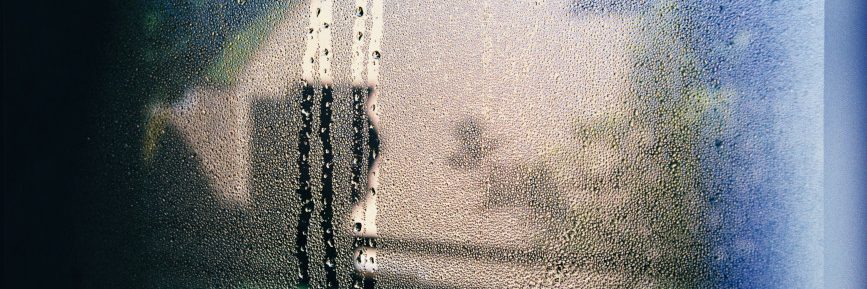Whether you have just moved into a new home and are experiencing condensation for the first time or have noticed that it has become somewhat of a repetitive problem within your property, the presence of condensation in between the panes of glass in your double glazing is a nuisance, and a factor which you will wish to be rid of. So, what actually is condensation, what causes it to be there, and how can you remove it for good?
What is condensation?
We are all familiar with what condensation looks like, but many of us are in fact unaware of what it actually is. In summary, it is simply the conversion of a vapour into a liquid. When the temperature of your glass pane is lower than that of the humid air around it, you will notice the collection of water droplets and mist gathering on the glass.
Whilst condensation in between the panes of glass in your double glazing can be an eye sore, allowing it to appear over an extended period of time without addressing the issue can also limit the lifespan of your windows, as well as encourage mould growth.
What causes condensation between double glazed windows?
The quality of your double glazing is often the main culprit for the appearance of condensation. This could be due to the way in which they were installed or their age. When the quality of the seal around the edge of the glass panes starts to deteriorate, moisture in the air is able to creep in between the glass panes.
A second culprit to the appearance of condensation in your double glazing could be down to a fault with the spacer. This is the bar that sits between the panes of glass, separating them. This bar is full of desiccant – a material which is used to absorb any moisture located within the gap. When moisture is able to find its way into the window, this desiccant can quickly become saturated, leaving it unable to absorb any more moisture. This results in condensation.
How to get rid of condensation between double glazed windows
The presence of condensation within your double glazing can be removed for good – it is just a matter of finding the route of the cause and choosing between a repair or replacement. Damaged seals can often be repaired, and your windows can be resealed. If you are noticing more significant damage to your windows due to the build-up of moisture, such as the presence of mould or signs of damaged uPVC or wooden frames, you may find that your only effective option is a replacement.
At 1st Scenic, our team are experts in providing double glazing window care and advice. For a first-class service, get in touch today. Give us a call on 01689 829 600 or send us an email at info@1stscenic.co.uk.











